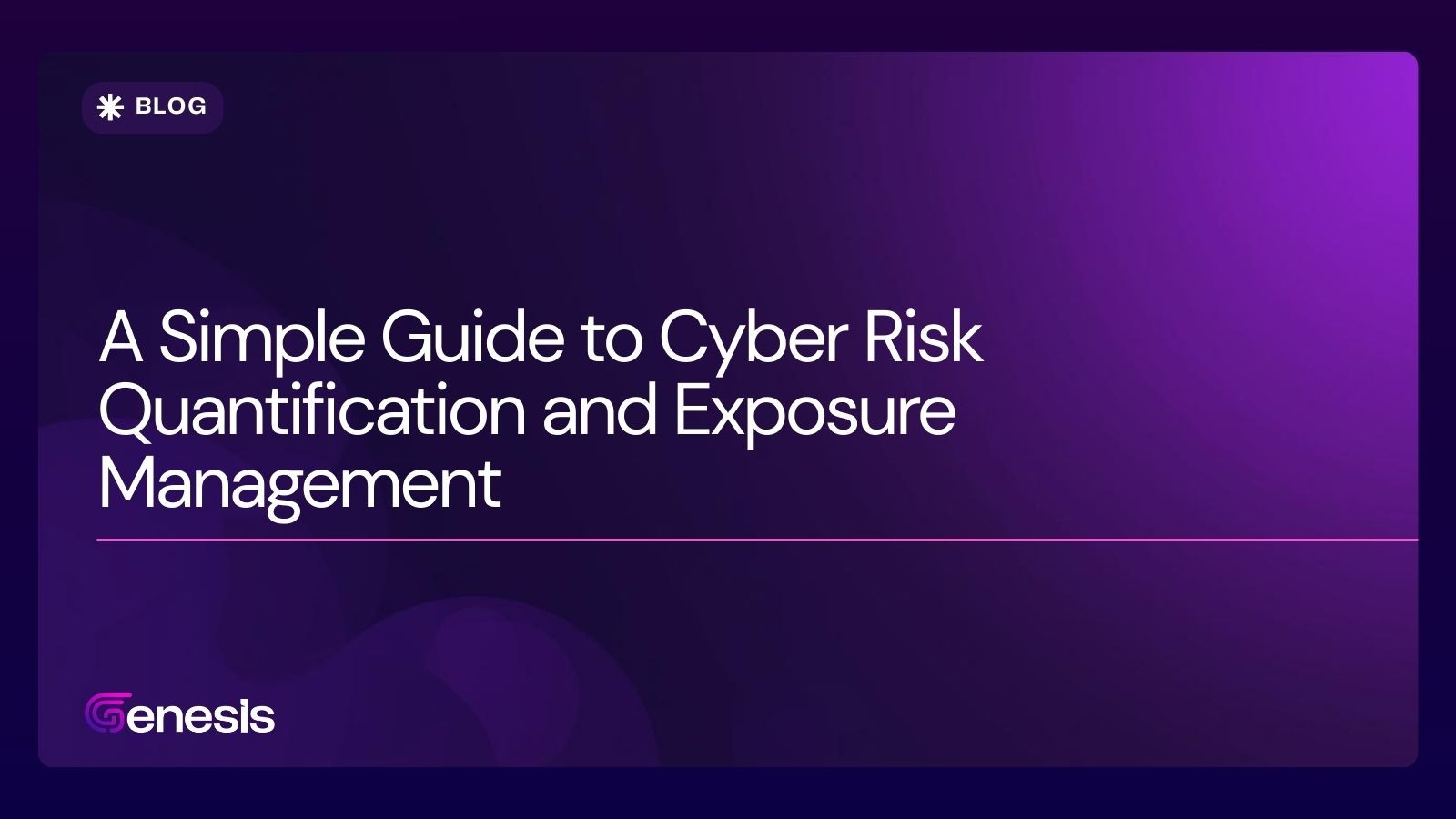May 13, 2025

Syed Amoz
Introduction
Modern supply chains are no longer a neat circle of a dozen strategic partners. They sprawl into thousands of cloud providers, SaaS tools, data processors, offshore contractors, and open-source components, each a potential backdoor into your environment. This complexity is exactly why third-party risk is now implicated in a significant portion of breaches, a figure that has grown substantially year over year.
At the same time, the cost of failure has never been higher. Industry reports place the global average data breach cost at nearly USD 5 million. However, organizations that invest in AI-driven security save significantly, often over USD 2 million per incident. The business case is clear: Artificial intelligence is the only practical way to manage sprawling vendor ecosystems.
The Limits of Traditional Vendor Risk Management
Manual Questionnaires & Spreadsheets: Security teams chase vendors for weeks, copy-paste answers into spreadsheets, and still miss contradictions buried in lengthy policies.
Point-in-Time Visibility: Onboarding or annual audits leave long blind spots in between.
Alert Fatigue: Multiple siloed tools flood teams with alerts without providing a clear, prioritized view.
Regulatory Pressure: Modern frameworks demand near-real-time assurance, not outdated reports from last quarter.
Nearly half of organizations experienced a third-party breach in the past year, and the trend is accelerating. Traditional tools weren't built for this complexity.
Why AI Is the Breakthrough Vendor Risk Needed
Language Intelligence: AI can process large volumes of policies, contracts, and questionnaires, quickly surfacing inconsistencies.
Instant Summaries: Long documents are condensed into executive briefs.
Anomaly Alerts: Continuous monitoring detects sudden changes and adjusts risk scores.
Forward-Looking Insights: AI predicts which vendors are likely to face trouble.
Guided Remediation: Proposes actionable, standards-aligned steps for resolving issues.
The result is a faster, more innovative operating model. Emerging survey data indicates AI can reduce risk-assessment cycles from weeks to hours and slash decision times by over 50%.
How Genesis TPRM Turns Theory Into Production
Genesis was purpose-built around AI from day one. Instead of bolting algorithms onto an old questionnaire portal, it weaves intelligence into every phase of the vendor life cycle:
How AI Adds Value | Key Benefit | |
Onboarding | An intelligent assistant pulls context from prior engagements and public information to suggest answers for routine security questions. Hence, vendors start with a nearly complete form instead of a blank page. | Faster first-pass responses, less vendor fatigue |
Due Diligence | AI models compare questionnaire answers with the evidence vendors upload, policies, certifications, and even chat exports, to highlight any mismatch in real time. | Instant credibility checks without manual line-by-line review |
Continuous Monitoring | External-facing scans, breach intelligence, and configuration checks feed a unified risk score that updates automatically; material changes trigger focused follow-ups. | Always-on assurance instead of point-in-time snapshots |
Contract Oversight | AI reviews service levels, security clauses, and liability terms before signatures to flag gaps between what was promised and what’s in the agreement. | Contract risks surfaced early, avoiding costly renegotiations |
Off-boarding | When a partnership ends, automation walks both sides through data return and sanitization steps, then produces an evidence package that auditors can trust. | Clean separation and airtight proof of compliance |
Genesis AI AutoFill in Action
Consider a payments processor onboarding to a retail bank, traditional process: 160 CAIQ questions, 12 documents, 18 email threads, three weeks. Genesis uploads the vendor's SOC 2 and ISO certs, ingests public filings, and references similar vendor assessments. AI AutoFill™ pre-answers 129 questions with inline citations (e.g., 'see SOC 2 3.1'), assigns confidence scores, and routes only unclear items to the vendor. Security teams review everything in a single dashboard.
Cycle time drops to 4 days. Both sides benefit:
- Vendor: 60% less staff time, faster path to revenue.
- Bank: Consistent, AI-verified responses and a complete risk score before contract signing.
Continuous Intelligence Beats Point-in-Time Assurance
Third-party risk doesn't sleep, and neither does Genesis.
Scans root and sub-domains nightly for new ports, weak ciphers, misconfigured buckets, expired certs, leaked Git repos, and phishing look-alikes.
Enriches findings with breach-intel (e.g., Snowflake, MOVEit, or ransomware leaks) and vendor-owned IP ranges.
If a vendor's risk score exceeds the threshold, Genesis automatically escalates the case and alerts relevant stakeholders to take immediate action.
Calculating the ROI
Cost Driver | Status Quo | With Genesis Platform |
Analyst hours per assessment | 40 h | Instant Assessment (AI AutoFill, doc parsing) |
Vendor response cycle | 15 days avg. | 4 days |
Average third-party incident cost | USD 4.88 M | Target: >50 % reduction by cutting breach probability and impact (IBM shows USD 2.22 M savings for AI adopters). |
Audit prep time | 2 weeks | Export ready in minutes |
Software sprawl | 5–7 tools (ASM, GRC, breach feed) | 1 unified platform |
Multiply those savings across hundreds of suppliers, and the payback period shrinks to months. It's no wonder 77% of companies now seek platforms with built-in vendor-risk functionality, up from 62% in 2022. Genesis collapses the toolchain into a single pane of glass.
Looking Ahead: AI-Native VRM Becomes the Baseline
Analysts predict that by 2026, AI-assisted tooling will underpin 60% of third-party risk programs. Early adopters will reduce breach exposure, unlock agility, and onboard innovative suppliers in days, not quarters.
Genesis is already delivering that future. If you're ready to move beyond spreadsheets and slow assessments, schedule a 30-minute demo or start a 14-day pilot to see how Genesis transforms third-party risk into a competitive advantage.







